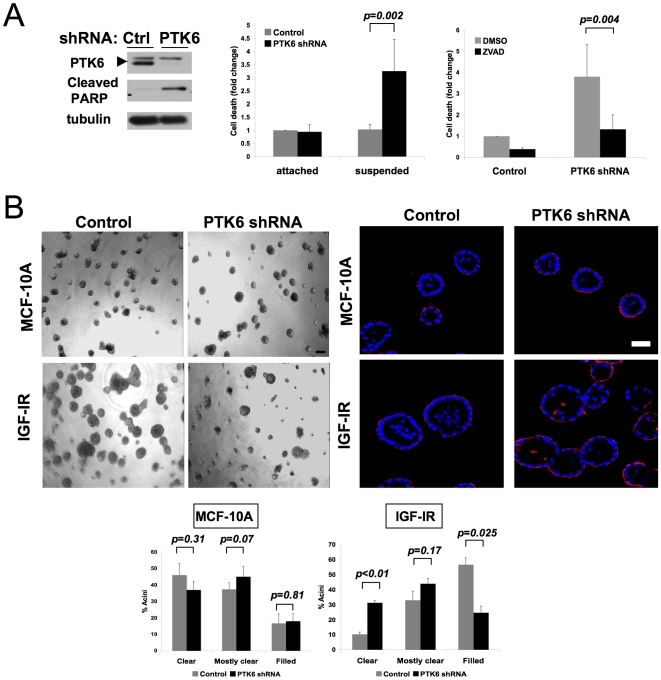Figure 2. PTK6 downregulation reverses IGF-1-induced anchorage-independent survival.
A) An shRNA vector targeting PTK6 reverses IGF-1R-induced anchorage-independent survival. (Left) Western analysis confirmed downregulation of PTK6 expression and demonstrated increased PARP cleavage with PTK6 downregulation in IGF-1R cells in suspension cultures. (Middle) IGF-1R cells expressing control or PTK6 shRNA vector were cultured as attached cells or in suspension cultures in the presence of IGF-1. Cell death was assessed after 48 hours as in Figure 1. The average fold change from three independent experiments is shown. Error bars indicate standard deviation. (Right) PTK6 regulates apoptosis of matrix-detached IGF-1R cells. IGF-1-stimulated IGF-1R cells expressing control or PTK6 shRNA vector were grown in suspension cultures for 48 hours in the presence or absence of ZVAD-fmk (25 µM). Cell death was assessed as in Figure 1. The average fold change from three independent experiments is shown. Error bars indicate standard deviation. B) PTK6 downregulation inhibits morphological changes induced by IGF-1R hyperstimulation. (Left) IGF-1R or parental MCF-10A cells expressing control or PTK6shRNA vector were grown in 3D Matrigel™ cultures for 8 days. Representative phase contrast images are shown. Scale bar indicates 100µm. (Right) PTK6 downregulation inhibits IGF-1R-induced luminal filling. IGF-1R or parental MCF-10A cells expressing control or PTK6 shRNA vector were grown in 3D™ Matrigel cutures for 8 days and stained with anti-laminin 5 (LAMC2) antibody (red) and DAPI (blue). Representative confocal images are shown. Cells in the central lumen were counted and acinar structures were classified as “clear” (no cells in the lumen), “mostly clear” (<5 cells in the lumen) or “filled” (>5 cells in the lumen). The average distribution from three independent experiments is shown. Error bars indicate standard deviation. Scale bar indicates 50 µm.

